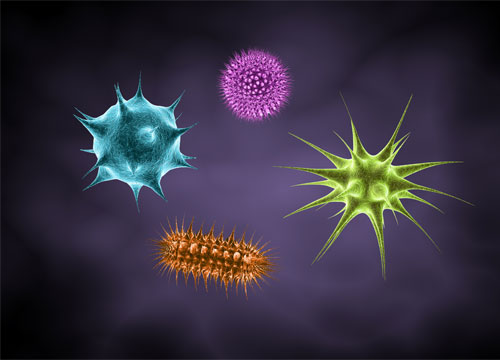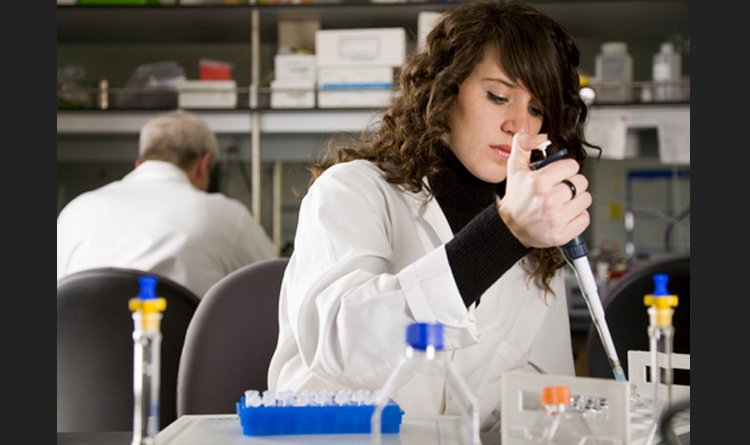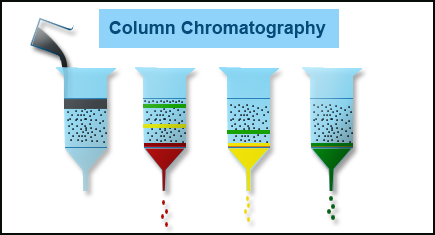Contributions of Analytical Chemistry techniques towards advances in Biotechnology


Biotechnology has been defined as use of living systems and organisms to develop products and processes for the benefit of mankind in terms of improved agricultural yields, food production, medicines and cleaner industrial manufacturing processes.
Over the years biotechnology has diversified into several branches such as Genetic Engineering, Industrial Biotechnology, Environmental Biotechnology, Molecular biology, Genomics, etc. Analytical chemistry has contributed significantly to growth of our understanding and scope of applications in such fields. In this short article an attempt has been made to list the contributions of common analytical techniques to our understanding of bio molecules and bio chemical processes.
pH Meter
Let us start with the modest pH meter which is found in each and every laboratory. Most biological entities require a neutral pH for survival. Blood must have a pH range between 7.35 and 7.45. Exceeding this range by even 1/10 of a unit can prove fatal. pH value of soils needs to be controlled for high yield of different crops. Rain water is naturally at pH around 5.6 and at times can reach harmful levels of 4.0-5.0 due to atmospheric pollutants.
pH control is critical for preventing milk from turning sour, cosmetics from harmful effects on skin and eyes.
Food manufacturing requires strict control of pH as variations can have undesirable effects on flavour, consistency and shelf life of the product.
NMR Spectroscopy
NMR provides non- invasive and in-vivo information on the sample. It determines the physical and chemical properties of atoms or the molecules in which they exist. The information provided relates to structure, dynamics, reaction state and chemical environment of molecules. Protein NMR spectra provides high resolution 3-dimensional structures of proteins. Important information can also be obtained on nucleic acids such as DNA and RNA.
NMR of crude plant extracts provides fingerprints of a large number of extractable metabolites for high throughput screening of metabolites without complex sample preparation.
NMR has assisted developments in biomedicine by studies on tissues or cells, diagnosis of disease and studies on extracts of cultured cells.
UV-Visible Spectroscopy
Applications of UV-VIS spectroscopy in biochemical research relates mainly to analysis of proteins, enzymes, nucleic acids and oligonucleotides. Spectroscopy is also useful for enzymatic activity studies.
FT- IR Spectroscopy
FTIR spectroscopy and imaging is gaining significance in medical diagnosis and research. It is able to distinguish between normal and diseased cells. FT-IR can diagnose as well as differentiate between different levels of malignancy of cells. FT-IR combined with ATR accessory is finding application in monitoring biochemical processes on surfaces.
Atomic Absorption Spectroscopy
Atomic absorption spectroscopy provides simple estimation of trace metals in biological matrices such as blood, hair, tissue, urine, etc. The toxic behaviour of such metals can be evaluated to arrive at diagnostic decisions and based on such decisions maximum daily intake limits can be decided.
Single Crystal XRD
Single crystal XRD provides a wealth of structural information on crystal cell structure such as atom locations, bond angles and inter atomic dimensions of the crystal lattice. The technique complements NMR studies and is extensively used for structure determination of large molecules such as proteins.
LC – MS
LC – MS has made a significant impact on drug development leading to a phenomenal growth in Pharma industry. The key areas of interest are structural analysis of trace level impurities, identification of metabolites and characterization of therapeutic protein products for process improvement. Clinical laboratories are finding it a useful addition for diagnosis based on studies on fluid body fluids for different metabolites and drug moieties
PCR
Polymerase chain reaction (PCR) helps amplification of DNA fragments several million folds and has extensive application in genetic analysis through DNA fingerprinting and medical tests. It is also useful in establishingrelationships between organisms at molecular levels. It is useful even when only very small specimens of extinct animals are available.
ELISA
Enzyme Linked Immunosorbent Assay (ELISA) is used to detect the presence of a substance through antigen- antibody reaction. Antigens from the substance are attached to a surface. Next specific antibodies are applied over it to bind with the antigens. The antigen is linked to an enzyme through the enzyme containing substrate.The reaction produces a colour which is detected as an absorbance signal.
ELISA finds applications in screening tests for HIV in blood serum. It is also used for determining food allergens, hepatitis B markers in serum and home pregnancy tests.
Gel Electrophoresis
Gel electrophoresis is used to separate DNA, RNA and proteins and their fragments by application of a potential difference across a gel. Depending on size and charge separation takes place across the gel. Shorter molecules move faster than the larger ones under the same potential difference.
DNA Sequencing
DNA sequencing is used to determine the precise order of nucleotides within the DNA molecule. It determines the order of the four bases – adenine, guanine, cytosine and thymine in a strand of DNA. Fluorescence-based detection improves sample throughput over earlier chromatographic detection techniques. Understanding of DNA sequencing helps basic biological research and in applied fields such as diagnostics, biotechnology, forensic biology and agriculture
In this brief article it has been possible only to touch upon the ever expanding topic as numerous applications are developed daily.
Please do offer your comments and share your suggestions.






Well informative site.
Thanking you for your efforts for making this site.
Thanks Mahesh Kumar
Nice to know that you are finding the site informative and useful